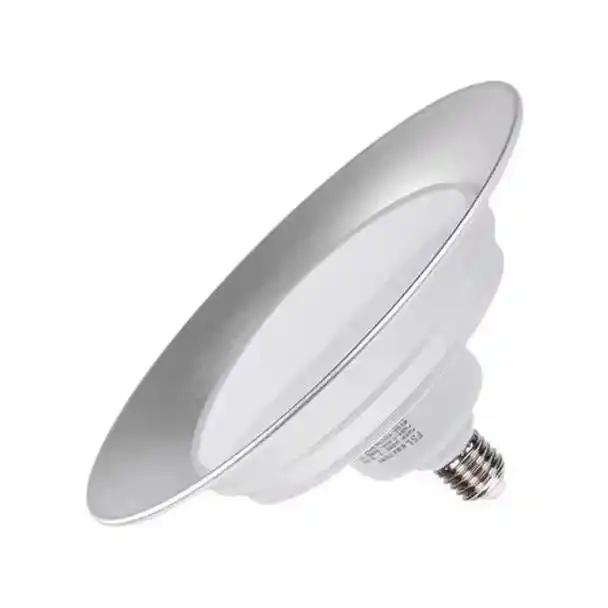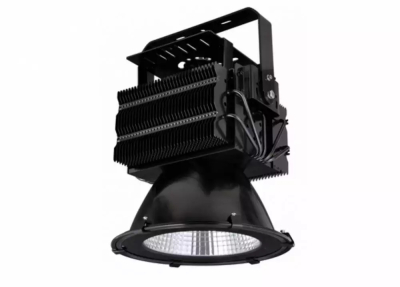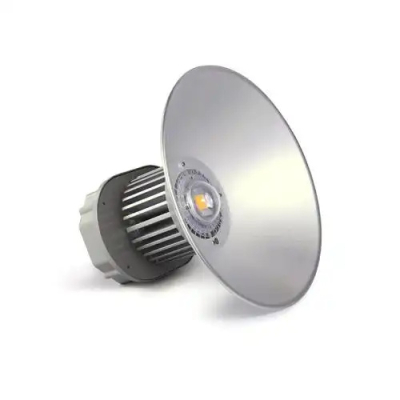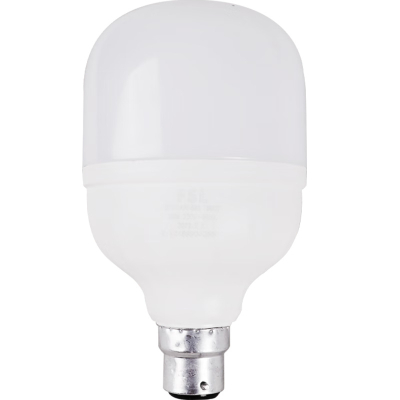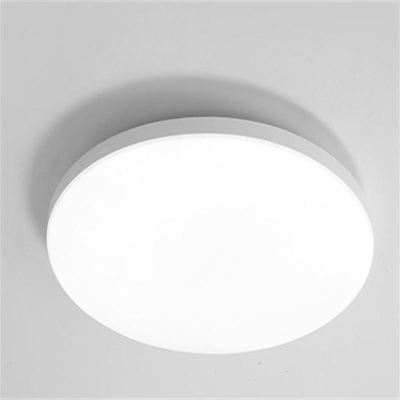Low Bay Light
Low bay lights are an essential type of lighting fixture designed to provide efficient illumination in areas with relatively low - ceilinged indoor spaces. These spaces can include warehouses, workshops, supermarkets, and other commercial or industrial settings where the ceiling height typically ranges from about 8 to 20 feet (2.4 to 6.1 meters).
The housing of low bay lights is usually made from durable materials to withstand the demands of industrial and commercial environments. Aluminum alloy is a popular choice due to its excellent heat - dissipation properties and resistance to corrosion. This material helps to protect the internal components from overheating and damage caused by moisture or chemicals present in the environment.
The shape of the housing is often designed to optimize light distribution. It can be flat - bottomed or have a slightly curved shape to direct the light in a downward and outward pattern. Some low bay light housings also have a modular design, which allows for easier maintenance and replacement of internal components such as the light source or the driver. The housing is usually sealed to prevent the ingress of dust and debris, with gaskets made of rubber or silicone ensuring a tight seal.
The light source in low bay lights is commonly LED (Light - Emitting Diode) technology. LEDs are highly preferred for their energy - efficiency, long lifespan, and high - quality light output. A typical low bay LED light contains multiple LEDs arranged on a circuit board. The number and power of the LEDs can vary depending on the desired brightness and the size of the area to be illuminated.
The color temperature of the LEDs can range from warm - white (around 2700 - 3000K), which provides a more cozy and inviting atmosphere, to cool - white (around 5000 - 6500K), which offers better visibility and a more daylight - like illumination. The choice of color temperature depends on the specific application and the nature of the tasks being performed in the area.
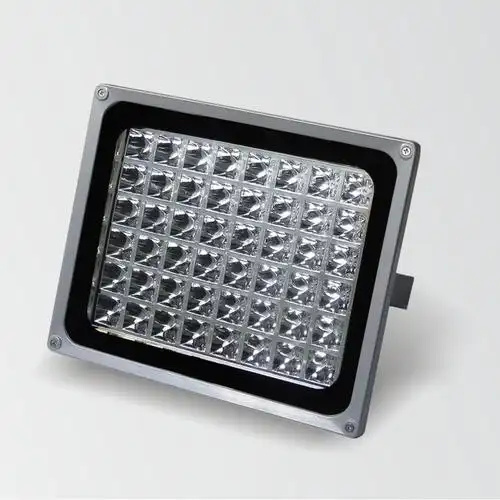
To direct and shape the light, low bay lights incorporate reflectors and optics. The reflector is usually made of a highly reflective material such as aluminum. Its shape and design play a crucial role in determining the light distribution pattern. A parabolic - shaped reflector, for example, can help to focus the light in a more concentrated beam, while a diffused reflector can spread the light over a wider area to provide more even illumination.
The optics of low bay lights also include a lens. The lens is typically made of toughened glass or high - grade, impact - resistant plastic. It serves to protect the light source and the reflector, and it can also further modify the light beam. A clear lens allows for maximum light transmission and a more direct illumination, while a diffused lens can reduce glare and create a softer, more uniform light distribution.
Low bay lights are designed to be mounted at a relatively low height, usually attached to the ceiling or a suspended structure. They can be mounted using a variety of methods such as chains, rods, or brackets. The mounting system is designed to be stable and secure to hold the weight of the light fixture and to ensure that it is properly positioned for optimal illumination.
Installation of low bay lights requires careful consideration of the spacing between fixtures to achieve even illumination across the area. The height and layout of the space, as well as the light output of the fixtures, are factors that determine the appropriate spacing. The electrical connections are usually made through a hard - wired system, with the wiring running through conduits to protect it from damage and to comply with safety regulations.
Inside the housing of low bay lights, there are important electrical components. For LED - based lights, a driver circuit is used to convert the input AC voltage from the power supply to the appropriate DC voltage and current required by the LED module. The driver also provides functions such as over - voltage protection, over - current protection, and dimming control.
The wiring within the light fixture is carefully insulated and routed to avoid electrical hazards. The connections between the LED module, driver, and other components are made through reliable connectors and terminals to ensure a stable electrical supply and proper operation of the light.

When the low bay light is connected to a power source, the AC voltage is fed into the driver circuit. The driver converts the AC voltage to the specific DC voltage and current needed for the LED module to operate.
The LEDs then emit light through the process of electroluminescence. The light rays are directed and shaped by the reflector and lens. The resulting light beam is emitted downward and outward to illuminate the area below and around the light fixture. The angle and spread of the light are determined by the design of the reflector and lens, as well as the position and orientation of the light fixture.
Low bay lights, especially those using LED technology, are highly energy - efficient. They consume less electricity compared to traditional lighting sources such as fluorescent or high - intensity discharge (HID) lamps while providing comparable or better light output. This energy - efficiency results in lower energy costs and a reduced environmental impact.
The design of low bay lights, with their combination of reflectors and optics, allows for more even illumination of the area. This is crucial in spaces where tasks require consistent lighting, such as in workshops for precision work or in supermarkets for product display and customer navigation.
LED - based low bay lights have a long lifespan, typically ranging from 25,000 to 100,000 hours or more. This means that they require less frequent replacement compared to other lighting options. The long lifespan, combined with the durability of the housing and components, results in lower maintenance costs and less disruption to operations.
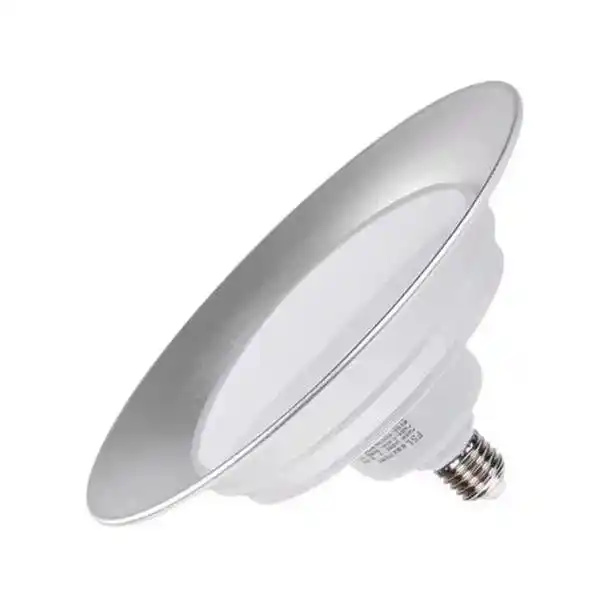
In warehouses and storage facilities, low bay lights are used to illuminate the aisles, storage racks, and loading docks. The even illumination helps workers to easily identify and access products, improving the efficiency of inventory management and order fulfillment.
In workshops, low bay lights provide the necessary illumination for a variety of tasks such as machining, assembly, and inspection. The uniform light distribution and good visibility they offer contribute to the quality and safety of the work being performed.
In supermarkets, department stores, and other commercial spaces, low bay lights are used to light up the sales floor. They enhance the visibility of products, create an inviting atmosphere for customers, and help to guide customers through the store.

